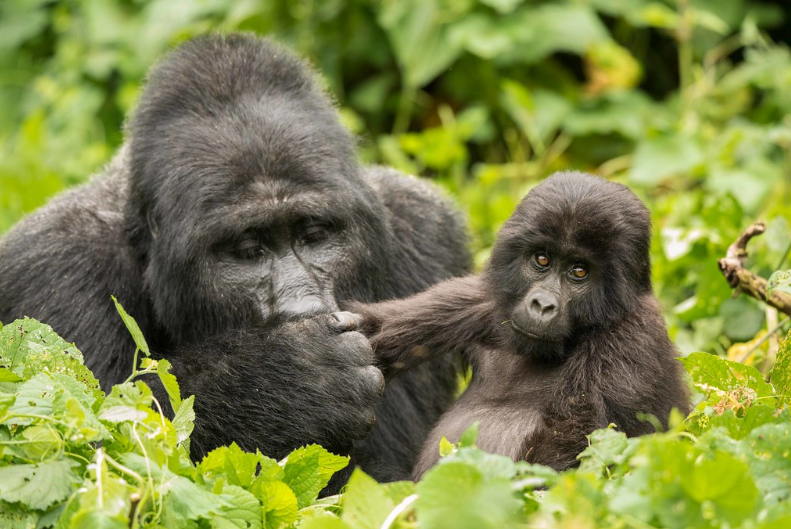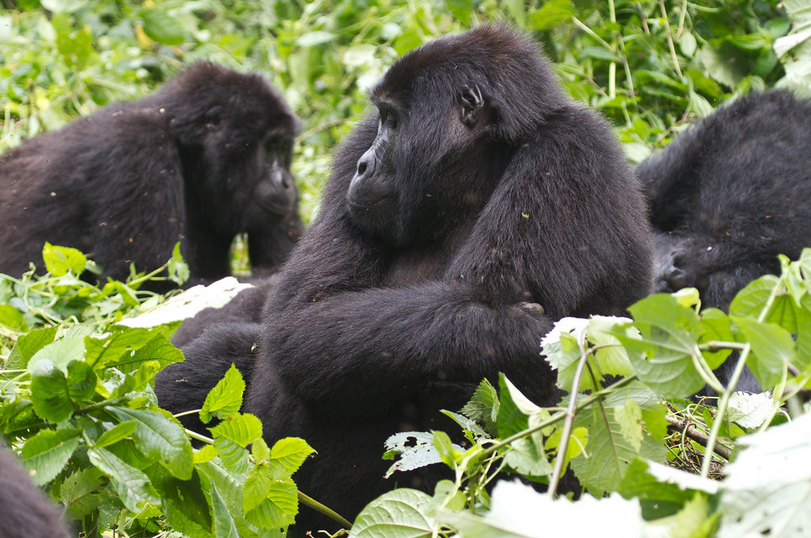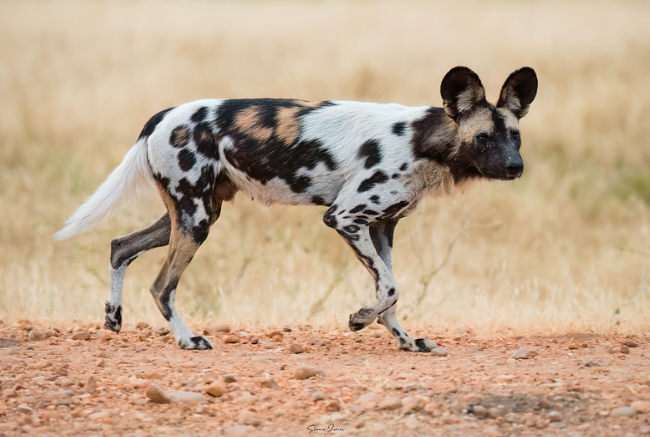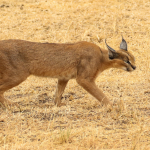Mountain Gorilla Facts | Gorilla Trekking
Mountain Gorilla Facts | Gorilla Trekking : These are basically large apes that are native to Africa and typically divided into two groups. The mountain gorilla lives in the mountainous regions of central Africa. On the other hand, the lowland gorilla lives in the flat, dense forests of central and western Africa. Although the two types are very similar, they have a few differences. For example, mountain gorillas tend to have longer hair, whereas lowland gorillas have short, soft hair. Besides, gorilla’s hands and feet resemble the human ones more than those of other apes. Gorillas spend more time on the ground than other apes; hence their feet are more suited of walking. Furthermore, gorillas have long arms, even longer than their legs and they use them to walk. This is where they use the knuckles on their hands to walk on all fours. When male gorillas get old, their hair turns white on their back referring to them as silver back gorillas.
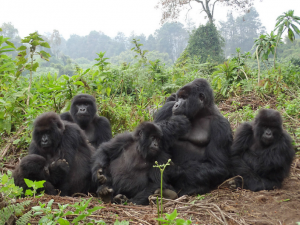
Habitat
Generally, Uganda has two places where these mountain gorillas maybe seen. These include; Mgahinga Gorilla and Bwindi Impenetrable Forest National Park.
Habits
Gorillas live in complex social groups, display individual personalities, make and use tools. They also show emotions like grief and compassion like human beings. In the middle of the day, gorillas take a nap, play with other gorillas or groom one another. At night, the gorillas settle down in beds, made from leaves and twigs, to sleep. They are fast and can reach speeds of over 20 miles per hour with a top speed clocked at 25 Mph.
Breeding
Female gorillas are sexually mature at around 7 to 8 years of age; however, they don’t usually reproduce until they are 10 years old. Males mature later than females and are rarely strong and dominant enough to reproduce before 15 to 20 years of age. Like humans, female gorillas are pregnant for nine months and usually give birth to only one infant at a time and newborn gorillas weigh about 1.8 kg. From the time they’re about 4 months to 2 or 3 years old, young gorillas ride on their mother’s backs as a form of transportation. At around 7 to 10 years, the young gorilla will become mature enough to have its own offspring.
Feeding
Gorillas are generally herbivores, they usually eat vegetation such as wild celery, shoots, roots, fruit, tree bark and tree pulp, but they have been known to eat small animals and insects. A male can eat up to 18 kg of vegetation each day.
Gorilla trekking
Age limit for gorilla trekking in Uganda and Rwanda is 15 years and above. The authorities are very strict on this. Therefore, in Rwanda a gorilla permit costs $1500.00 (Non-residents) and Uganda gorilla permits to visit mountain gorillas in Bwindi National Park and Mgahinga cost $800.00 per permit, foreign residents with a valid working permit pay $500.00 and the East African citizens of Uganda, Rwanda, Kenya, Rwanda, Burundi and Tanzania pay Uganda Shillings 300,000 only (which is about $100). Once this is established, details will be entered into their system and a gorilla permit card issued out.

